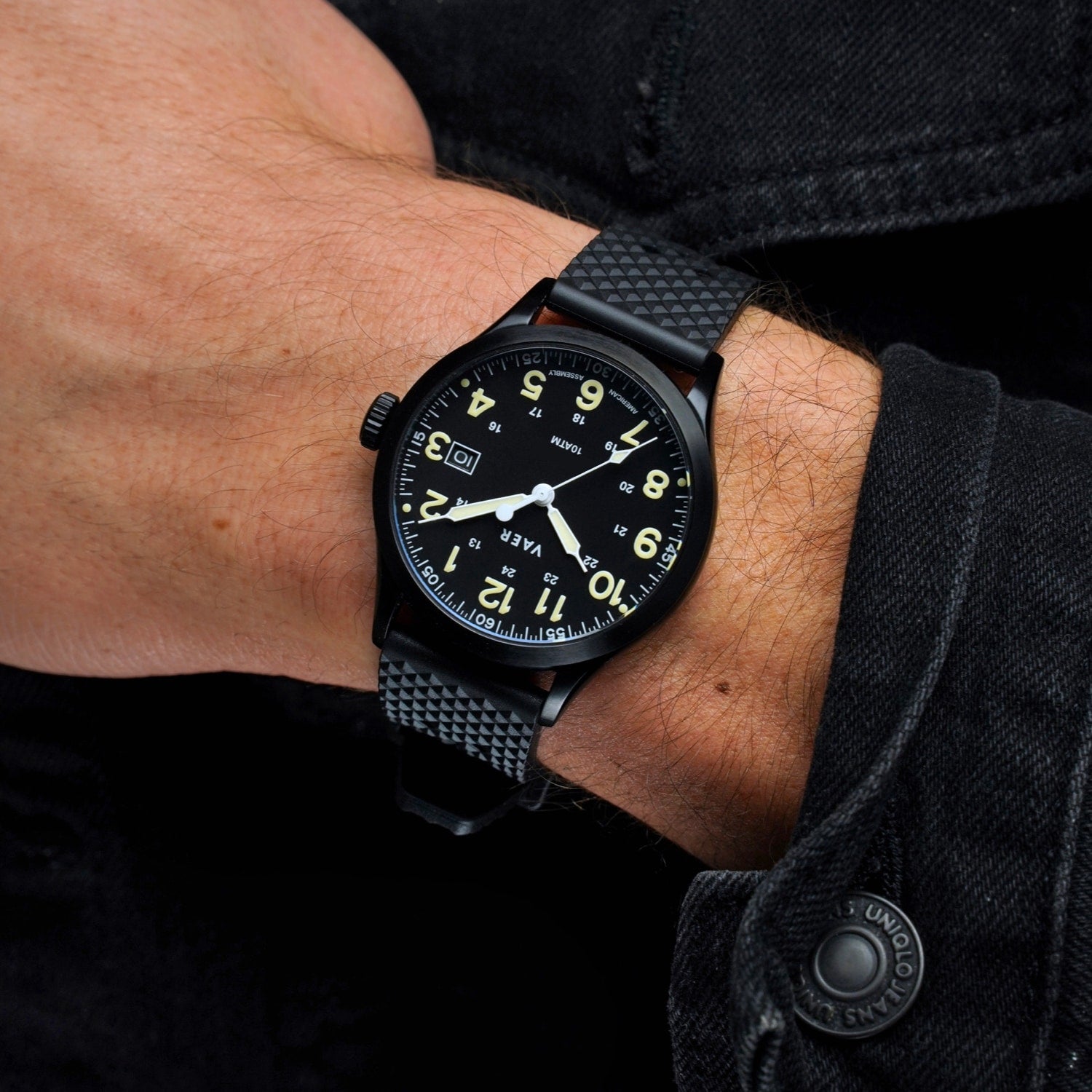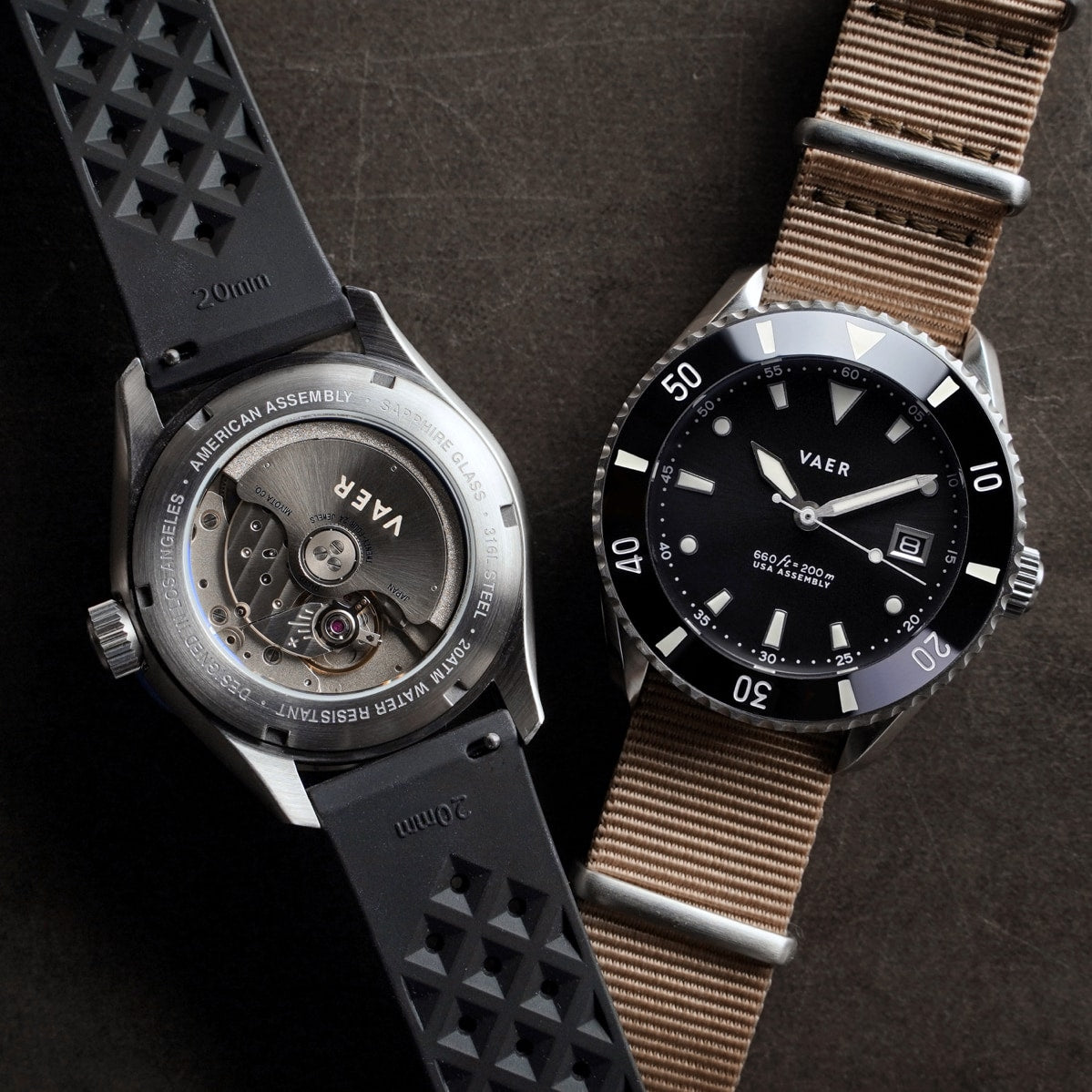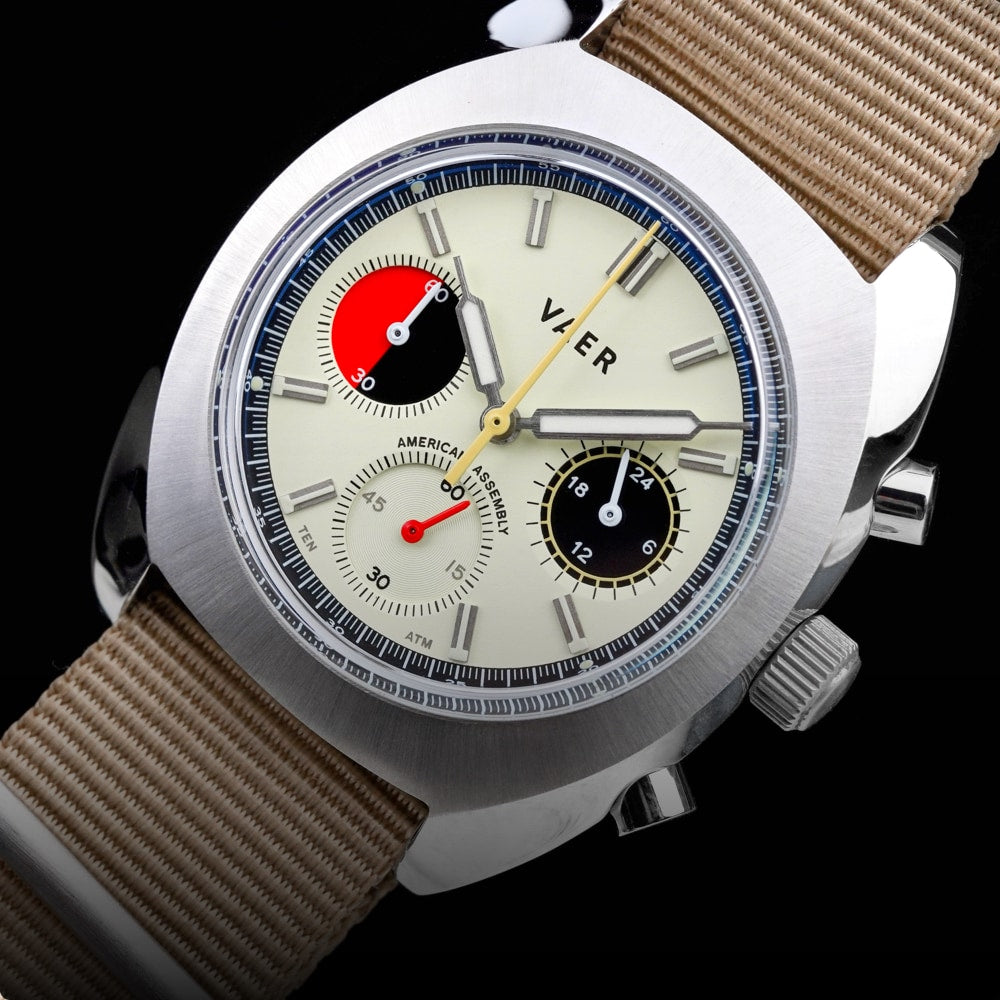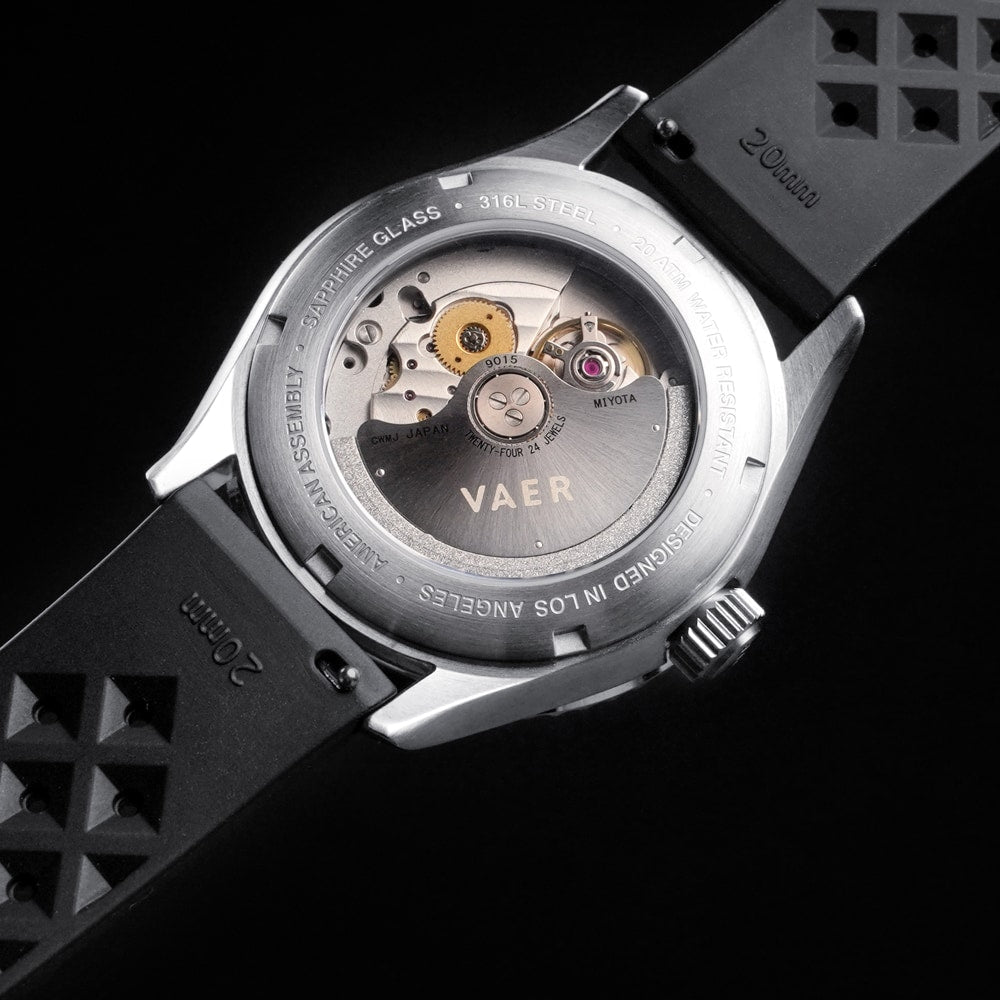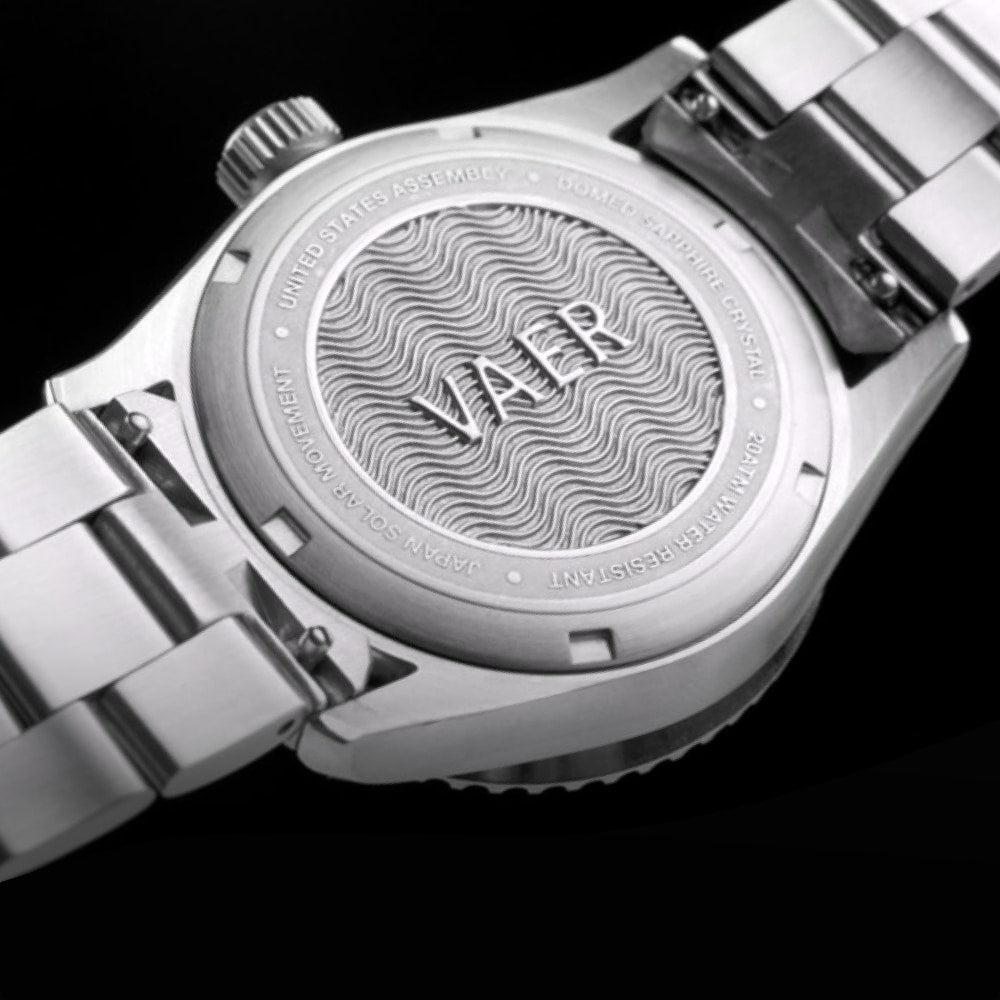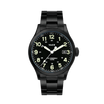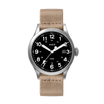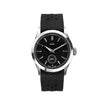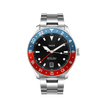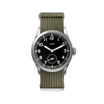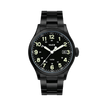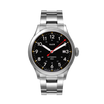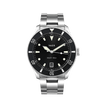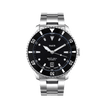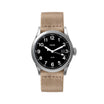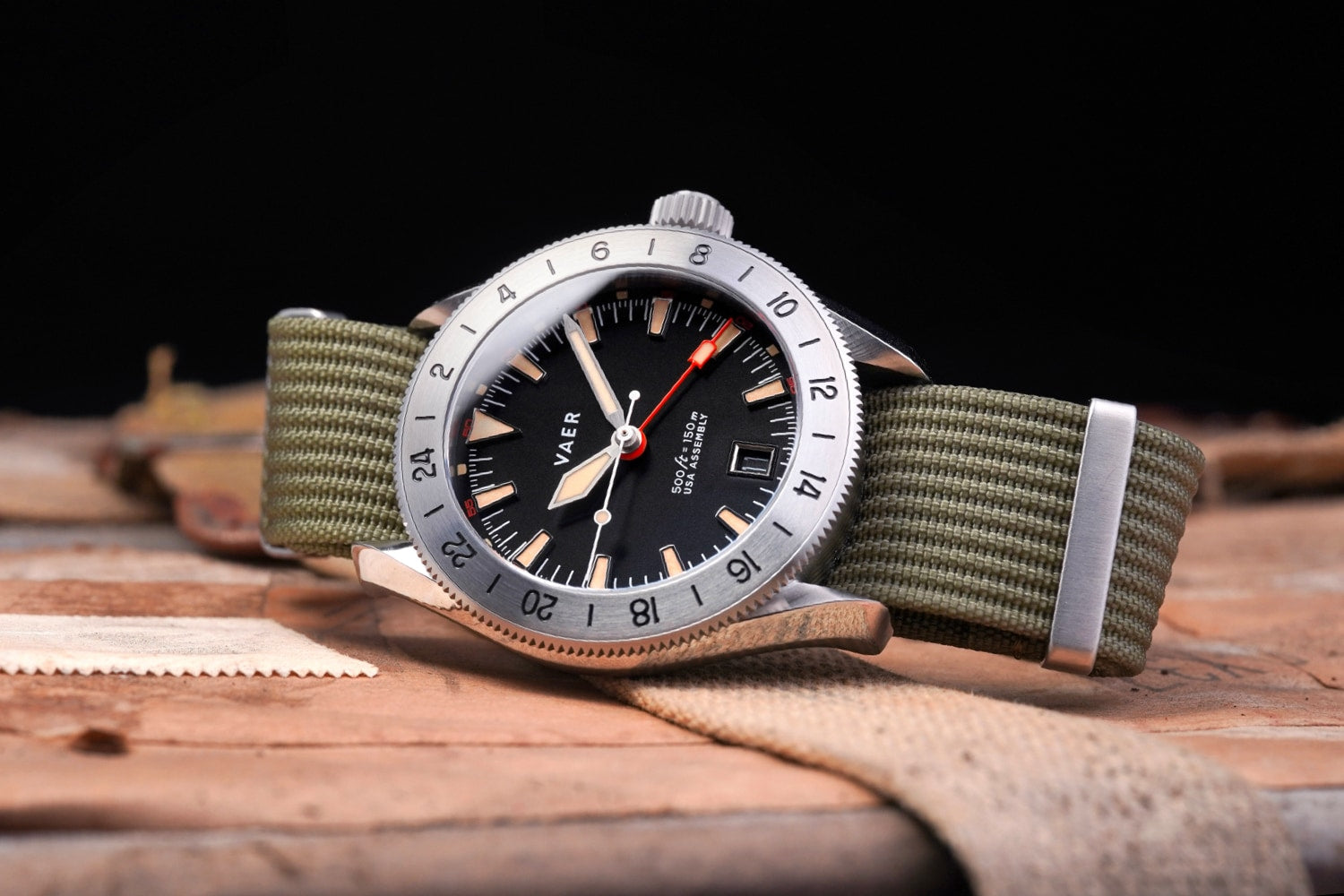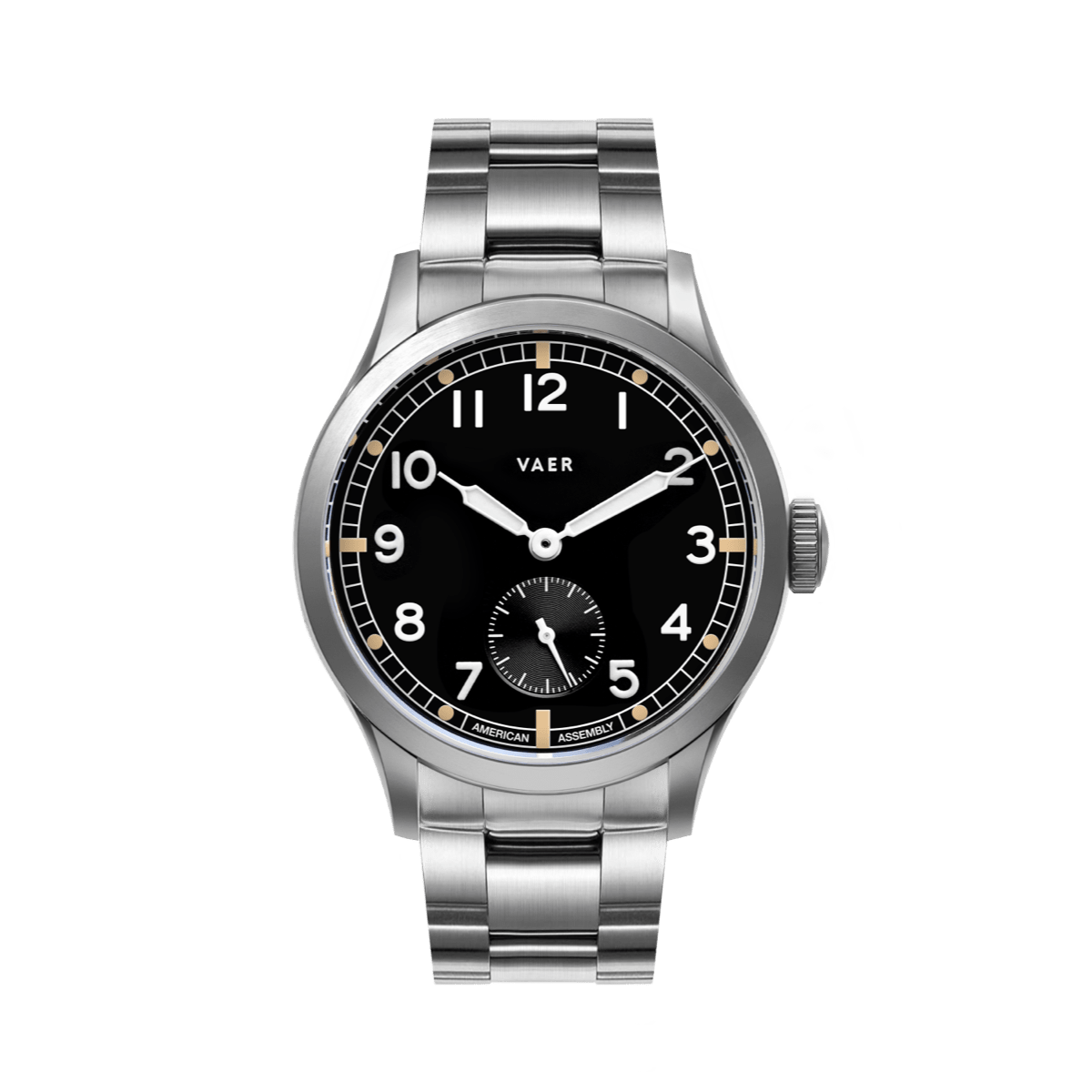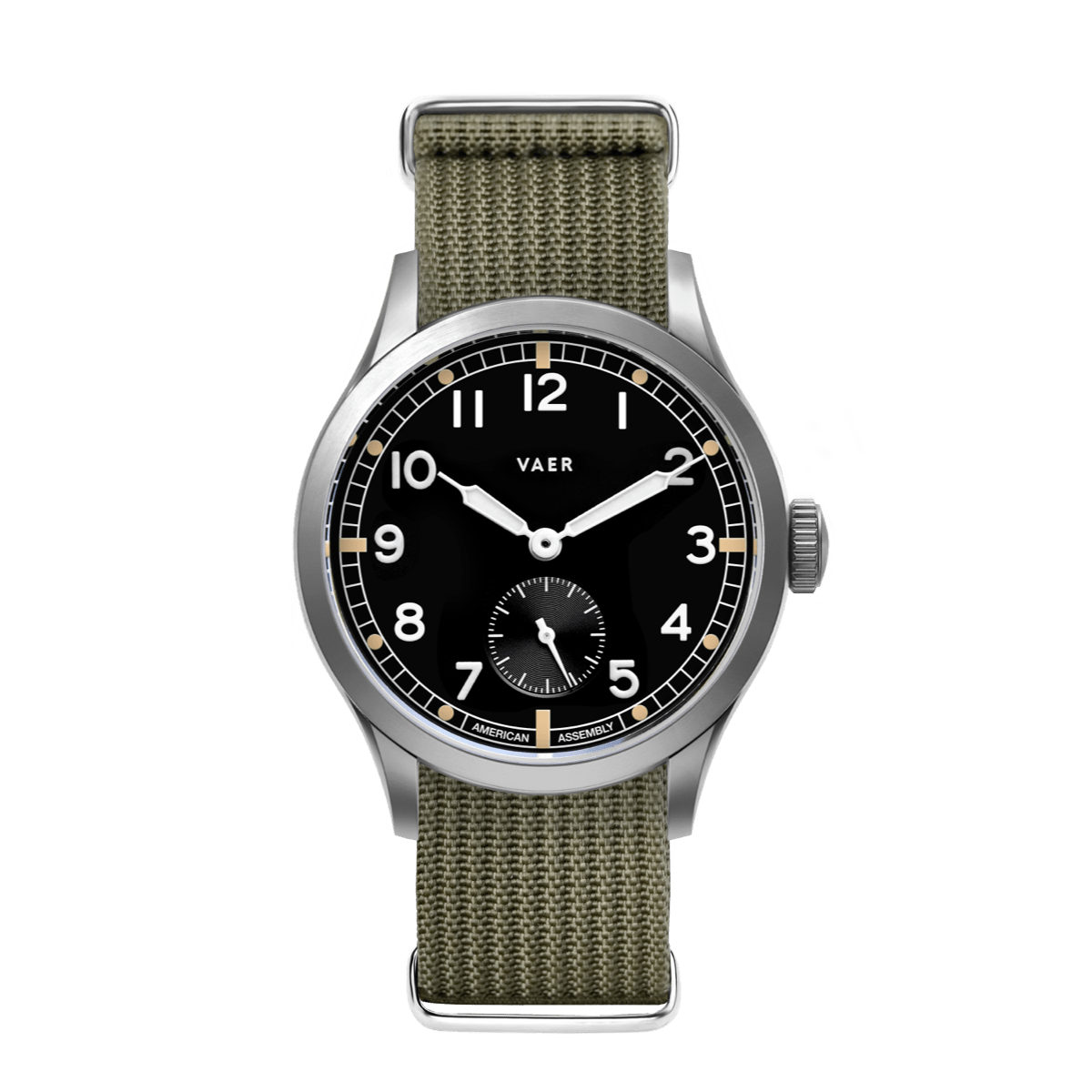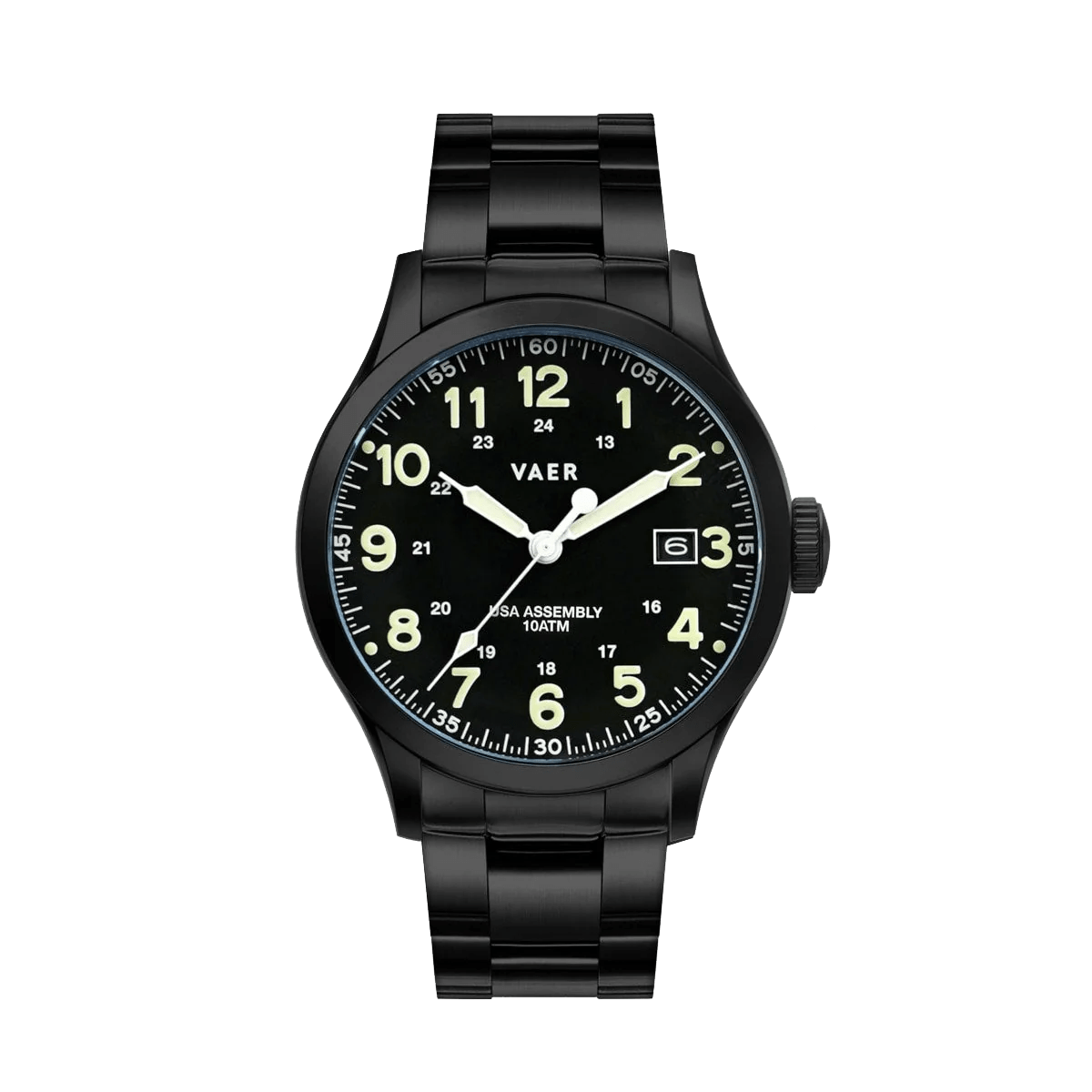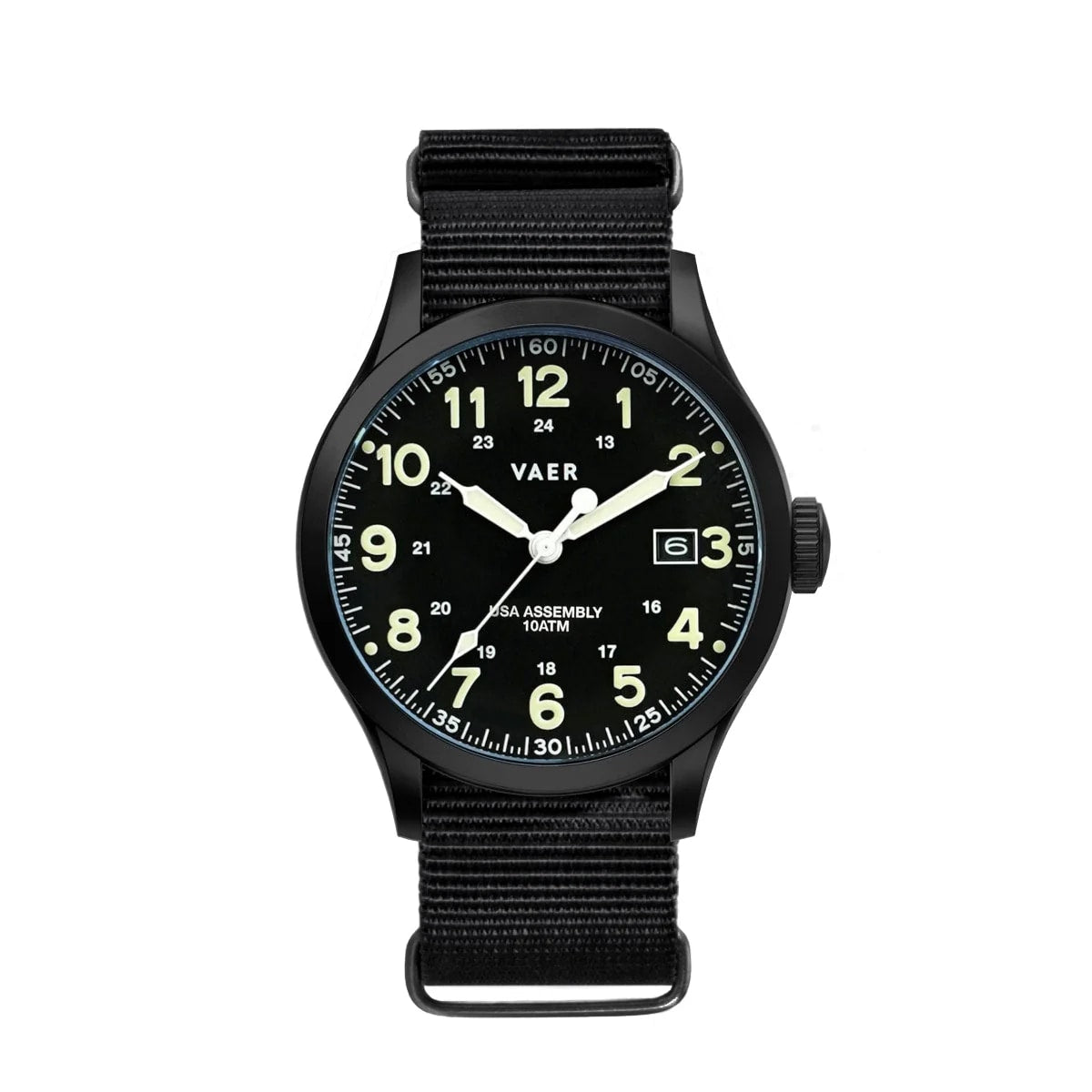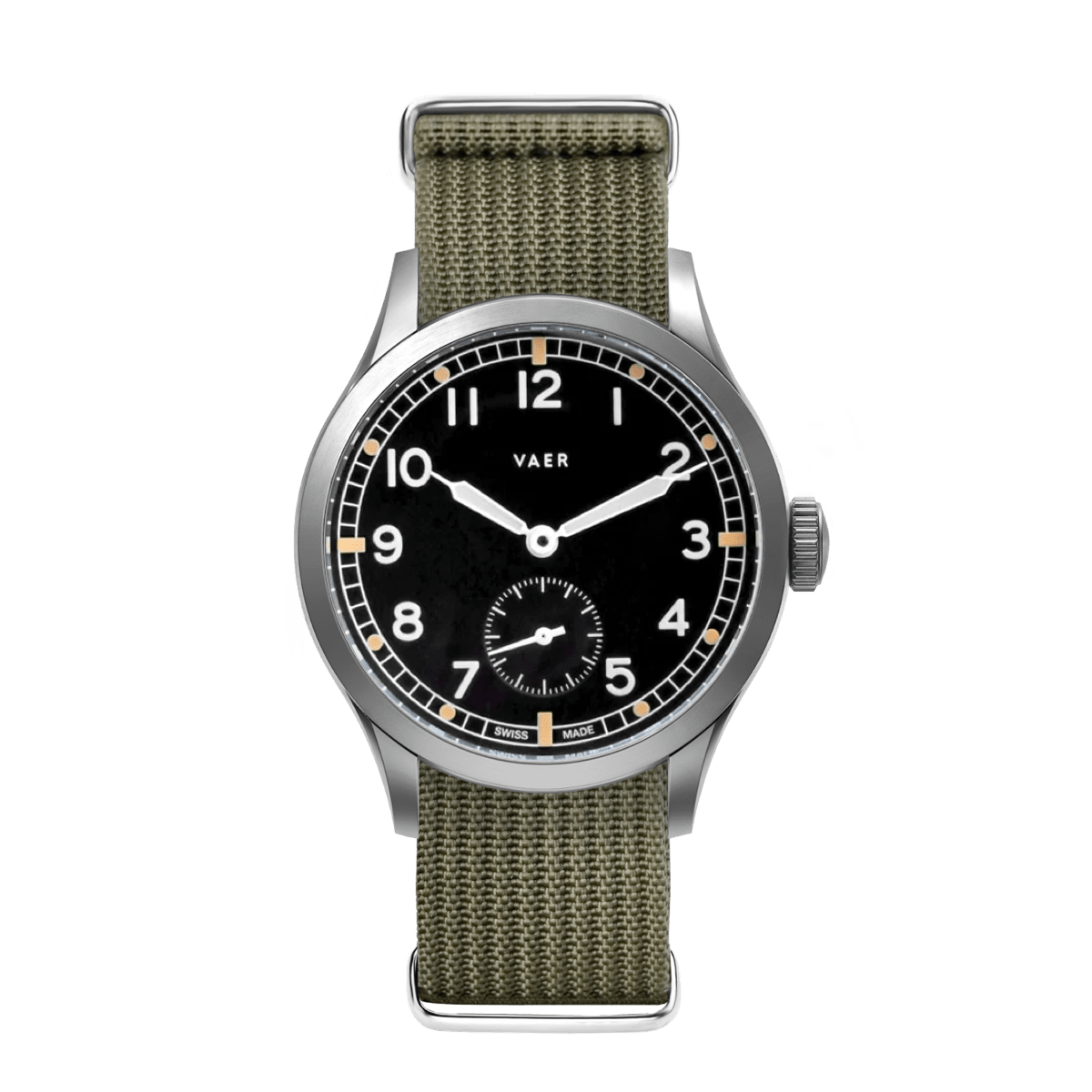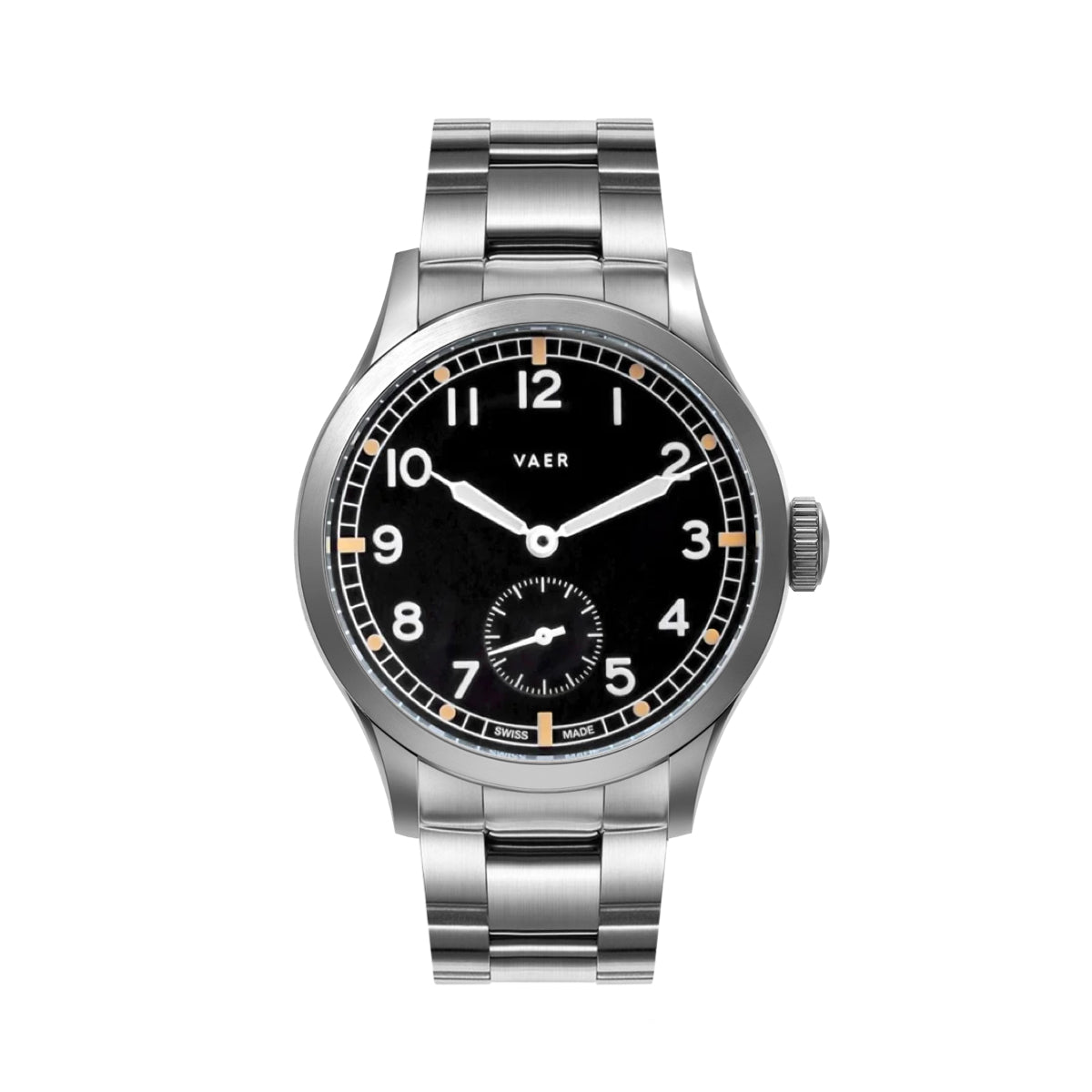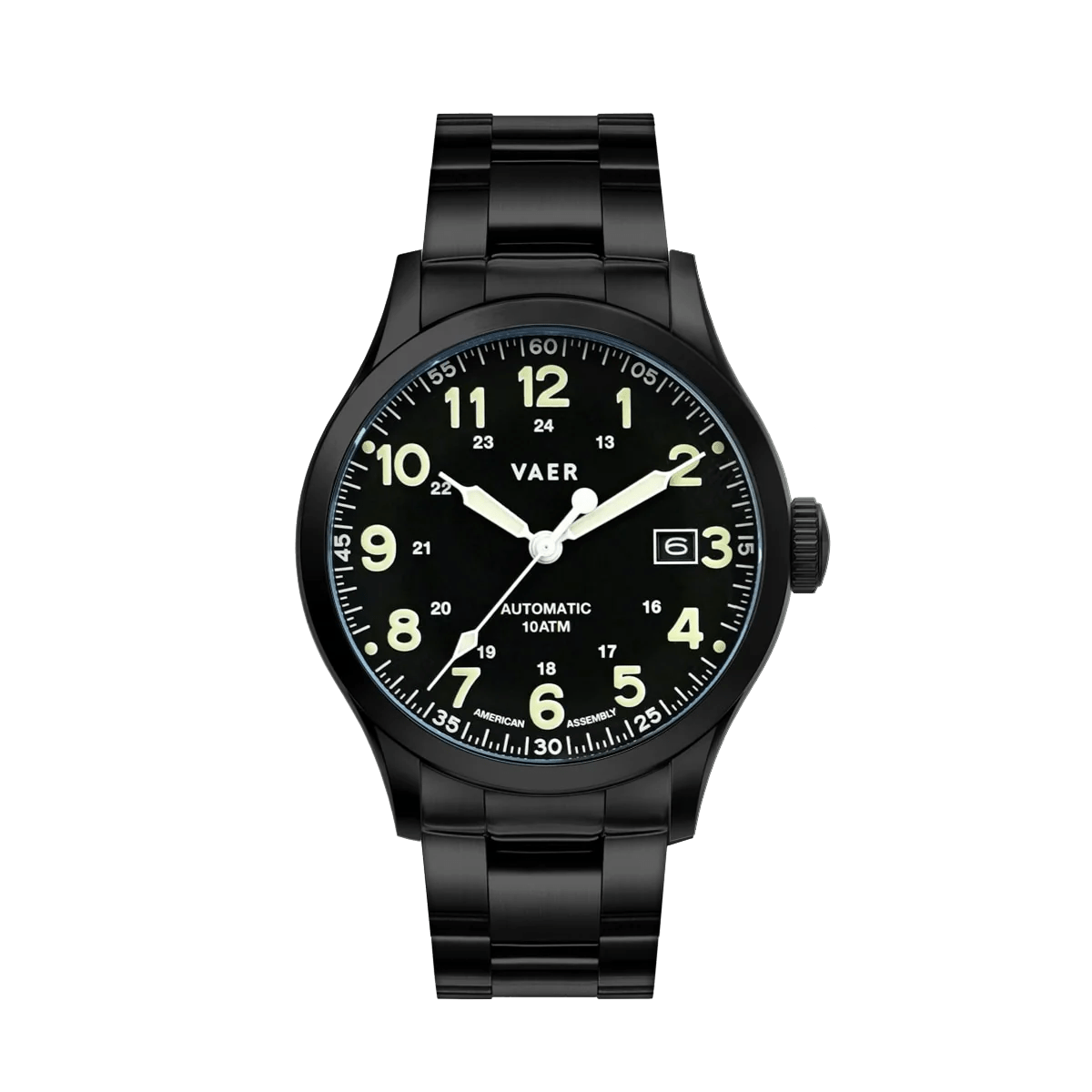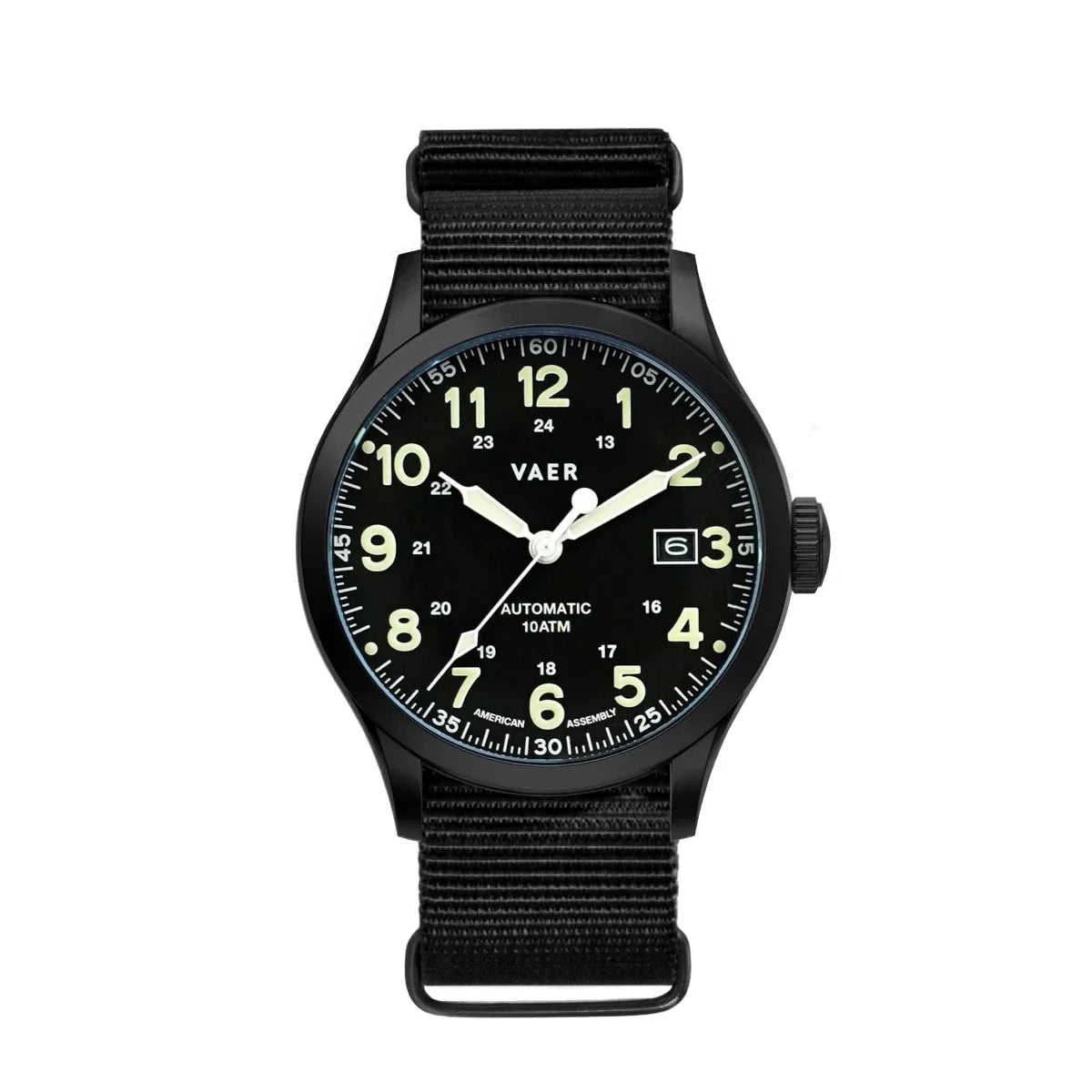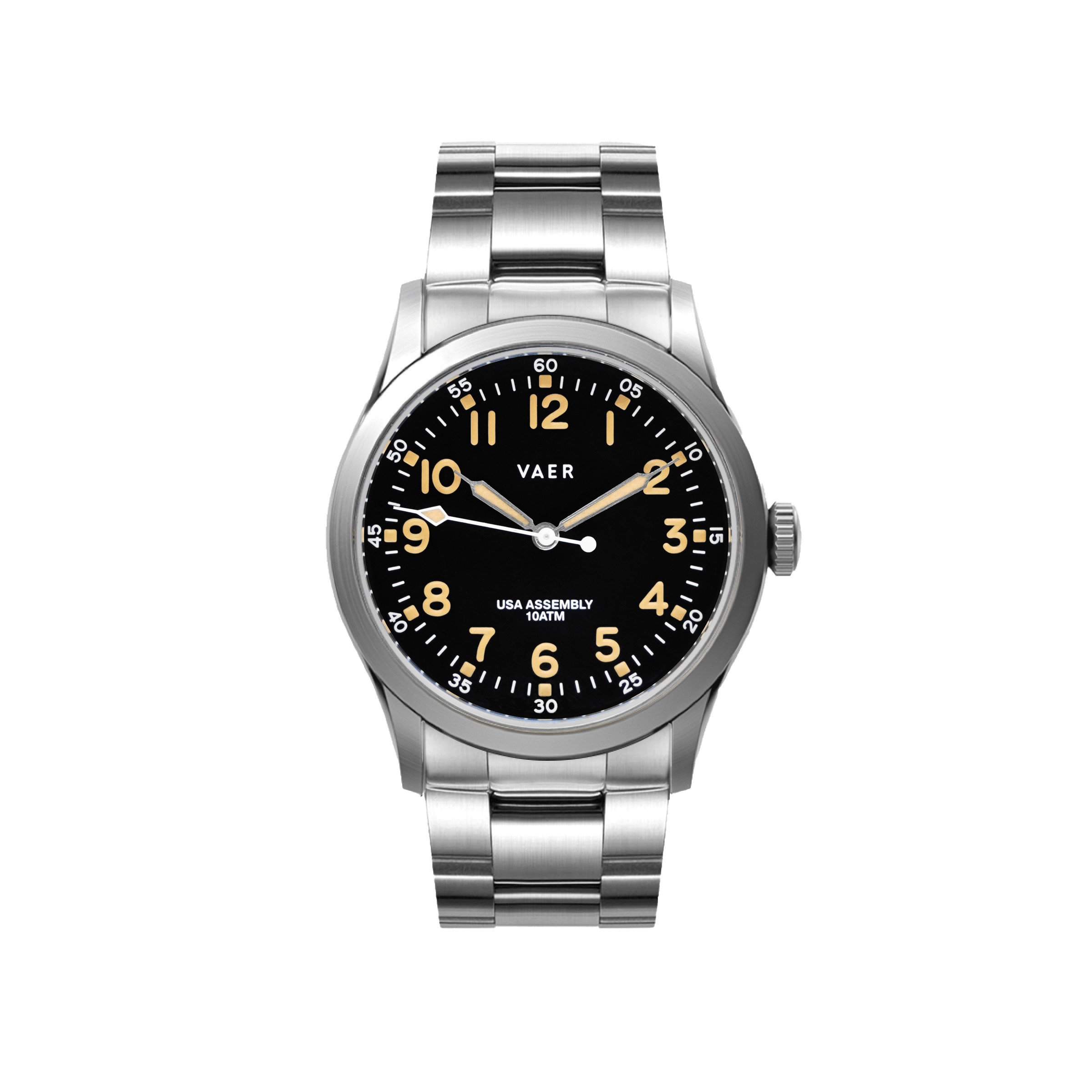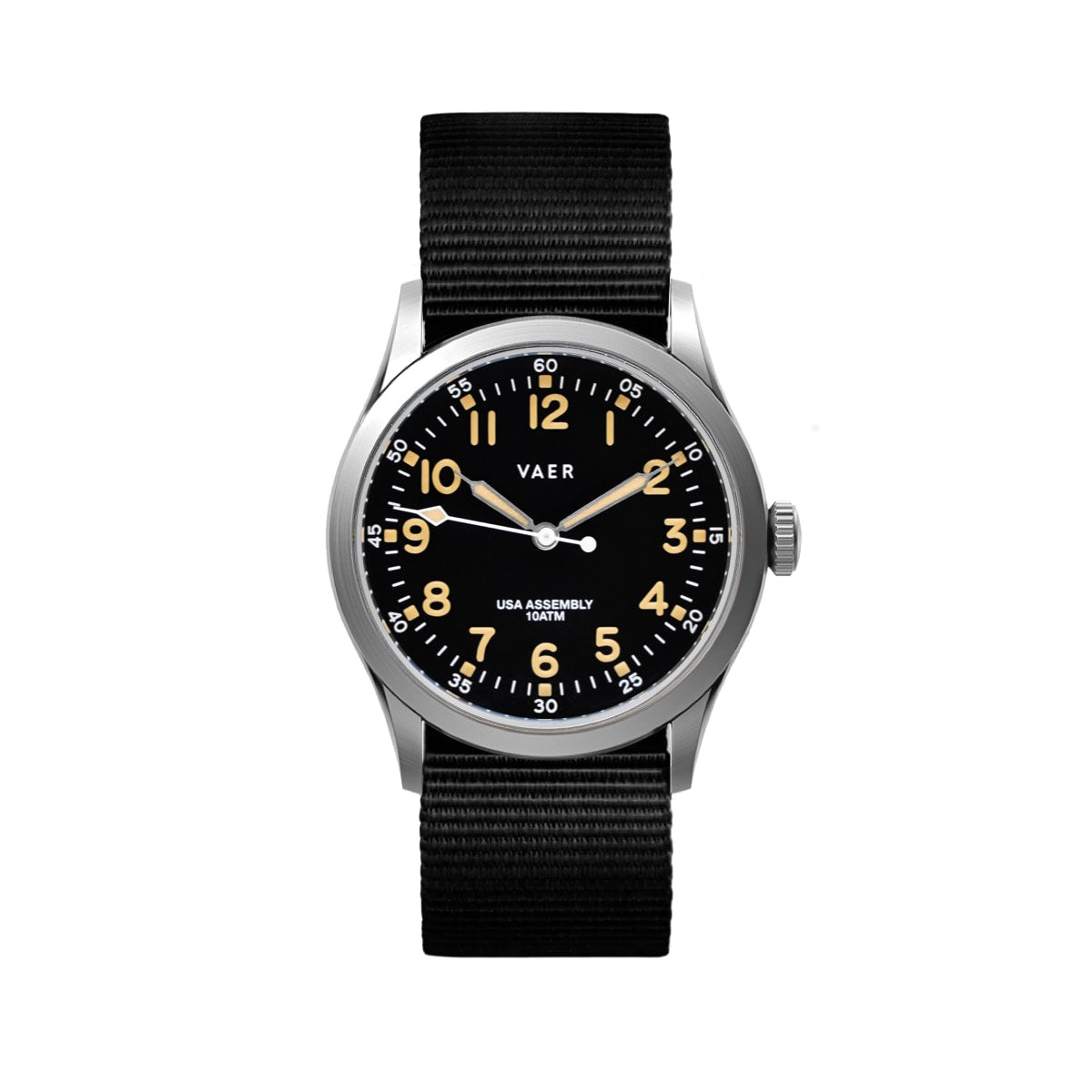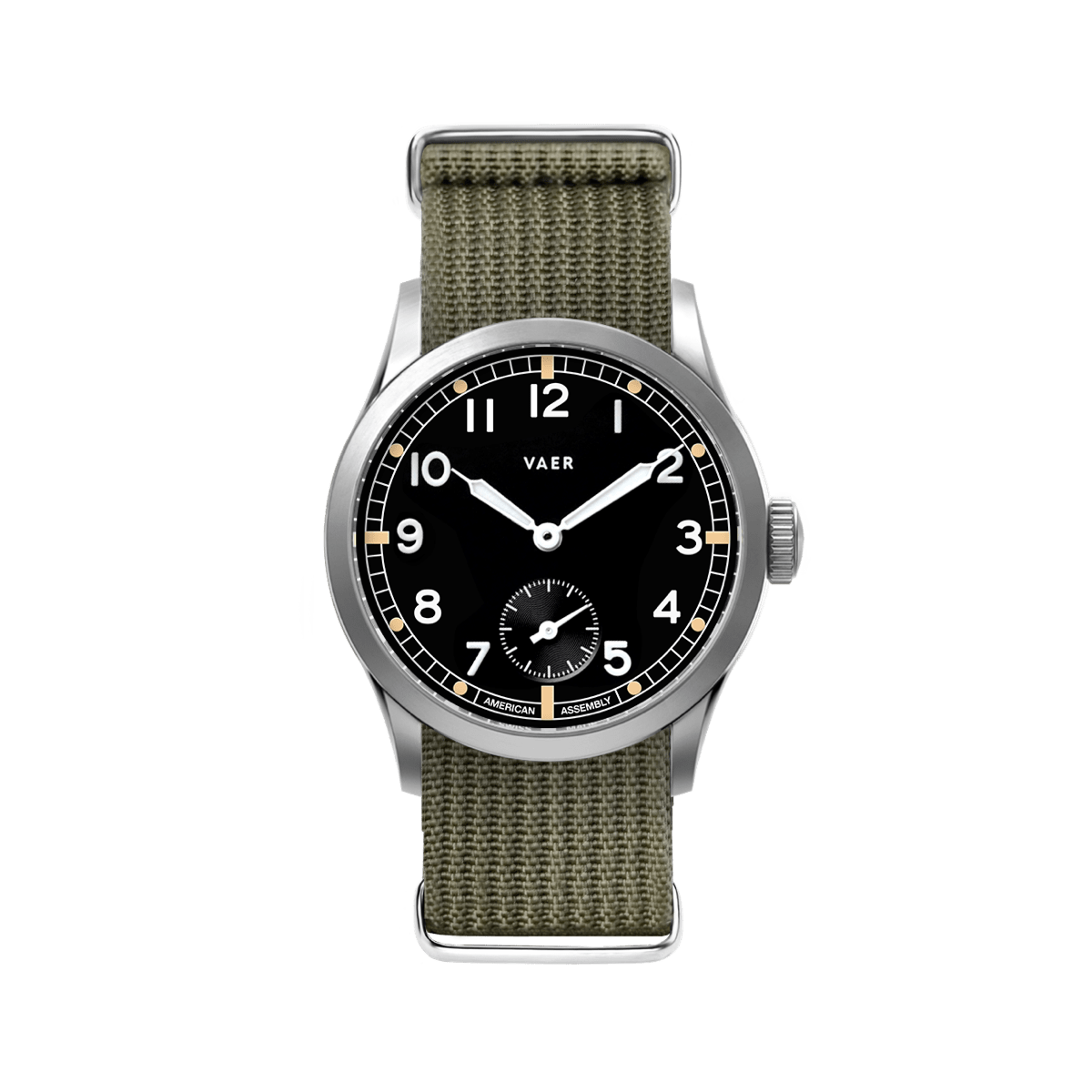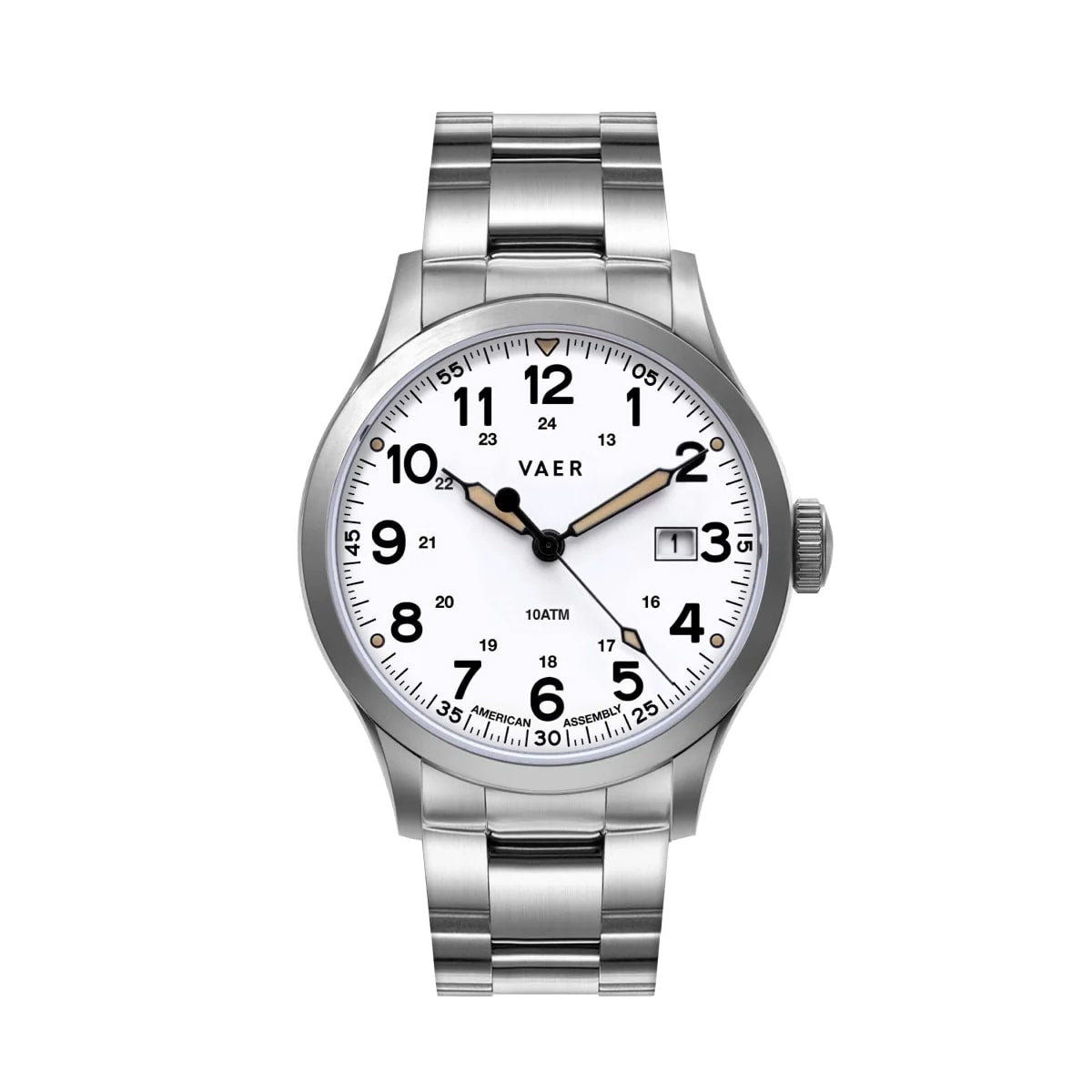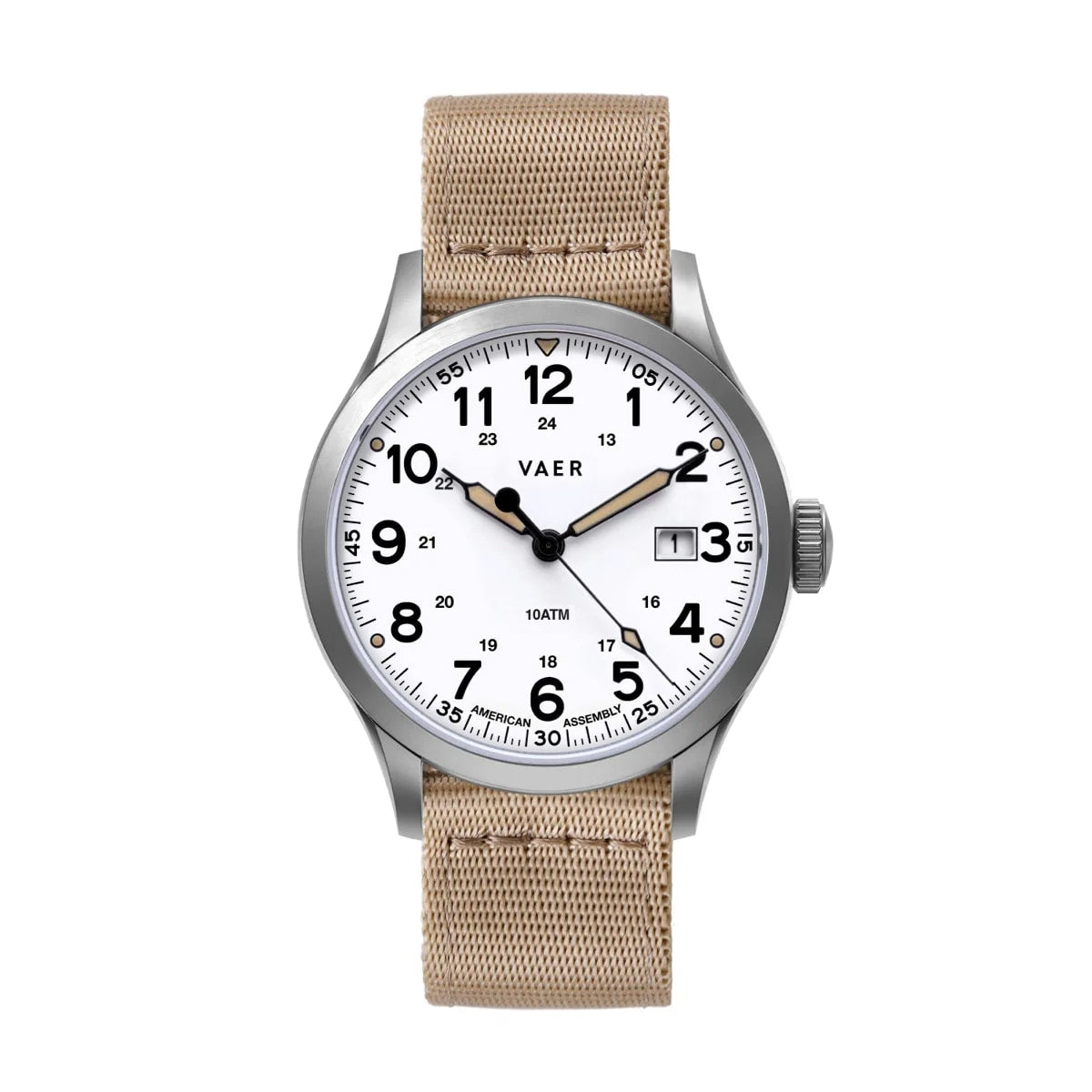In designing our watches, we tried our best to focus on the features and functionalities beloved by wristwatch enthusiasts. While some of our design features are invisible to the untrained eye, there are other features that clearly define the product’s identity.
One such feature is the interchangeable nylon bands. Colorful, comfortable, and waterproof - they’re a perfect match for our minimal, ocean-going timepiece.
Whether you’re a collector of vintage Seikos, a desk diver with a Submariner, or a minimalist with a field watch on your wrist, odds are you own at least a few nylon pass-through straps. They're a universal standard. They work. And they’re fun. They’re easy to swap, come in dozens of colors, and they provide a tactile, slightly utilitarian counterpoint to the polished surfaces of a steel case or the stitched elegance of leather.

But the nylon strap isn’t just about aesthetics or personalization. Its core purpose is function—and that function is security. Anyone who’s ever lost a watch at the beach knows the failure point. It’s not the buckle or the case. It’s the spring bar. That tiny, removable piece of steel that connects the band to the lugs. It only takes one bar to break, and your watch is headed straight to the bottom of the ocean.
A nylon pass-through strap solves that problem entirely.
Unlike a two-piece leather or steel strap, the nylon version loops underneath the case and secures independently on both sides. If one spring bar fails, the other still keeps the case looped to your wrist. The band acts like a fail-safe—simple, reliable, and proven.
Military Roots: The G10 and the Birth of the NATO
The design’s origins go back to the early 1970s, when the British Ministry of Defence issued a new style of strap to its soldiers. Officially labeled “Strap, Wrist Watch,” it quickly took on the name “G10”—a reference to the requisition form soldiers used to request one from supply.
The strap was designed for durability, not luxury. It was 20mm wide, made of tightly-woven grey nylon, and featured a second shorter piece of nylon stitched to the buckle. This extra loop allowed the watch case to sit snugly and prevented it from sliding around on the wrist—particularly important in combat scenarios. The original G10 straps featured brass hardware, but over time, regimental personalization became common. Units added their own colors and patterns, creating the distinctive striped designs now associated with “NATO straps.” The term itself is a shorthand for “NATO Stocking Number,” which categorized military gear and helped standardize procurement across allied nations.
What started as a purely functional piece of military equipment gradually became a design icon. Like the aviator jacket or the dive watch itself, it transitioned from battlefield to boardroom to beach, retaining its core utility even as its popularity grew.
Civilian Adoption and the Rise of the Modern Nylon Strap
It took a few decades, but eventually, the watch community caught on. By the 2000s, the NATO-style strap had become a mainstay in the collections of serious enthusiasts. The reasons were obvious—it was affordable, durable, easy to swap, and offered a small but meaningful way to personalize a watch.
High-end watchmakers began to take notice. Brands like Bremont and Tudor started offering NATO bands as part of their standard accessory lineup—sometimes at prices approaching $100 for a single strap. This ushered in a flood of imitators: thin, low-cost nylon bands made to look the part but lacking the materials, stitching, or finish to hold up under real use.
At Vaer, we saw a gap—between the overpriced luxury versions and the flimsy fashion knockoffs—and we set out to fill it.
Building a Better Nylon Band
We didn’t invent the NATO-style strap. And we’re not the only brand that sells one.
But we did our homework. We looked at dozens of suppliers. We tested early samples in saltwater and sun. We wore prototypes surfing, climbing, running, and just plain living in them. And what we ended up with is, in our opinion, one of the best nylon straps on the market at its price.
Our straps are constructed from a densely woven ballistic-style nylon. It’s thick enough to stand up to daily wear but soft enough to be comfortable against the skin. We use laser-cut holes—13 in total, spaced 5mm apart—providing adjustability from roughly 155mm to 215mm wrist sizes. The band tip is rounded and burnished with heat to prevent fraying, even after years of wear.
The hardware is a standout feature. Rather than using brass or lightweight alloys, we use brushed 316L stainless steel for all our buckles and keepers—four pieces in total. The stitching is machine-applied nylon, color-matched to the band, and rated to withstand 350 pounds of direct pull. That’s more than enough for any field or ocean application.

The Perfect Match
A great strap doesn’t make a great watch—but it can make a great watch even better. The combination of security, comfort, and effortless style is rare in any product category, but the nylon pass-through strap delivers on all three.
We’re proud of the design we’ve created. It’s not flashy. It doesn’t scream luxury. But it does its job better than most. And in many ways, it reflects our brand’s values: utility over hype, quality over gimmicks, and a deep respect for the functional design traditions that got us here.


